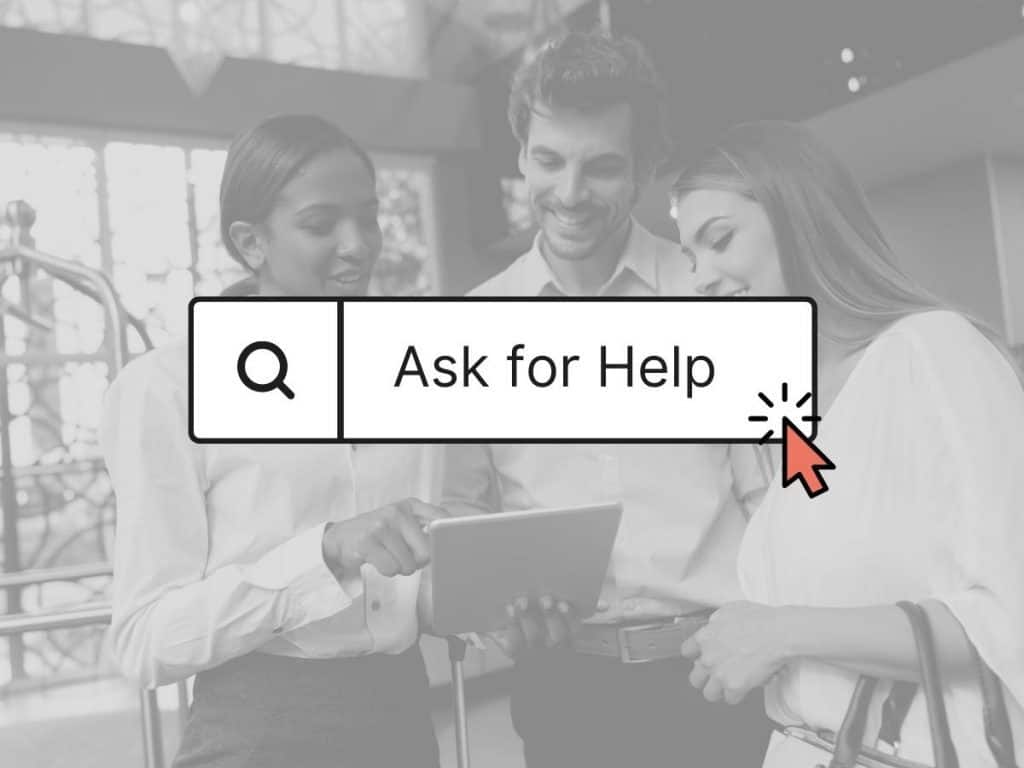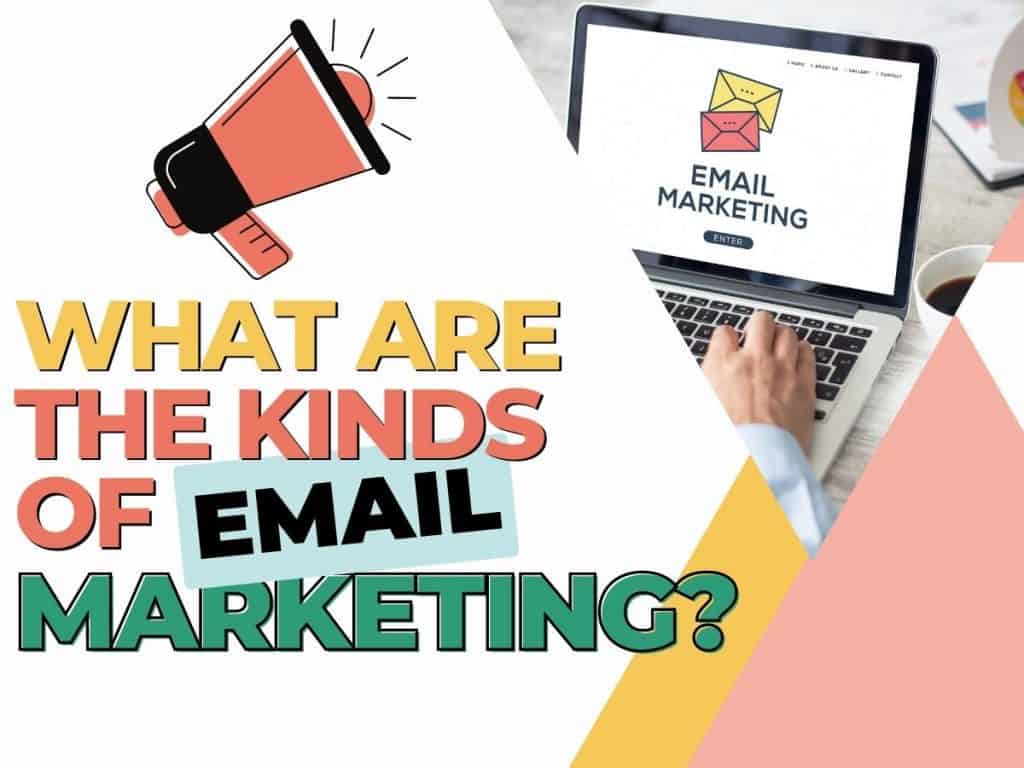How Business Coaches Can Make More Money with an Email List
Business coaches can make more money with an email list and automated email sequences (known as evergreen emails because they continue to nurture and sell for years to come). In this article, you’ll learn more about the ins and outs of email marketing (and evergreen email strategy) for coaches.
Prefer to watch instead of read? Head here.
What is an Email List and Why Does a Coach Need One in Order to Grow Their Business?
Email marketing has been around almost as long as the internet. It’s stable, it’s reliable, and it’s not going anywhere anytime soon.
If you’re a coach or consultant who is committed to growing your business but you find yourself more focused on your client’s marketing than your own or you’re worried that the river of leads will one day dry up, email marketing is your next step.
Before I go any further, let’s make sure we’re all on the same page.
An email list is a list of names and email addresses of people who have said they want to work with you or learn from you. Some of those people are at the beginning stages of knowing you. Some have known you personally for ages. No matter how well they know you, they’re on your list because they want to hear from you about the topics your business is founded on.
By creating a way for people to get on your email list, you’re essentially curating a potential customer base that you can reach out to when you have openings, when you want to scale your business, when you want to get feedback on a new offer, when you want to do market research, and more.
An email list is foundational if you don’t want to constantly be on the “feast or famine” train that so many coaches, consultants, and service providers find themselves unwillingly riding.
With an email list, you’ll want to send emails to your list consistently — at least once a week — to continue to connect with them so that you know how you can help them and when they’re ready to buy from you, they can.
And that brings us to the next question I often hear. “Email marketing sounds great for my business, but I don’t have the time, energy, or creative brain space to write emails every week.”
The answer? An evergreen email sequence.
What is an Evergreen Email Sequence?
An Evergreen Email Sequence a series of emails that you create once that will nurture and sell to your email list on autopilot.
Evergreen sequences are great because you create them once they keep running for you. You can tweak them, you can split test them, you can get a better understanding of who your audience is and how you can help them with the feedback you get from your emails.
Why is it Called "Evergreen"?
This has nothing to do with the color of some currencies but everything to do with something in nature. Think about an evergreen tree that you might see out in nature. Whether you find it in a forest or on the side of a mountain, an evergreen tree can thrive in even harsh conditions.
Unlike trees that have leaves instead of needles, evergreen trees can thrive regardless of the condition because they have a protective wax coating around the needles. Even when it gets to be really difficult conditions and winter, those needles can still stay alive as long as the tree is alive. Whereas the leaves of an oak tree, for example, are going to die and have seasons every single year. And that’s what a lot of people’s businesses look like.
Is Your Business Operating in Seasons?
Many businesses have seasons with highs and lows. Every season is different and you don’t know exactly how long it will last. There’s a lot of scarcity that comes from living in seasons.
If you’re experiencing feast or famine months, you’re living in the season-style of business. Unlike the seasons approach, an evergreen approach to your business sets your business up for success. It sets it up so it can be sustainable all year long. It doesn’t to thrive or die. It’s not giving you the rollercoaster that only live launching might do.
Setting up your business for evergreen sales gives you the freedom, flexibility, and breathing room to know you’ll have revenue coming in every month.
What’s the Difference Between Live Launches and Selling in an Evergreen Sequence?
With live launches, there’s all this build up, all this extra work, all this everything and you’re hoping it all works out because you just spent a million and a half dollars (or so it feels) on ads.
In contrast, with the Evergreen sequence, you have a continuous way to earn and nurture. On autopilot. Without thinking about it.
It’s email marketing… but a kind of email marketing that is automated so you don’t have to write an email a week for the rest of your life (if you don’t want to).
What Automated Emails Should You Start With?
The first sequence every coach and consultant need to make money from their email subscribers year long is an Automated Sales Machine sequence.
You can start an Automated Sales Machine sequence the moment you decide to grow your email list. You can build your list by creating your landing page with a free or paid online offer. Think about what your audience and ideal clients are looking for. What questions are your potential clients already asking for? Create a lead magnet (a freebie, webinar, mini course or email course, etc.) that will solve the first step of a problem for your audience. No matter what you offer, you want it to be something that provides value to your audience and genuinely helps your customers or potential customers. Typically you’ll see folks using a funnel to bring in email addresses (because it can be designed and automated to convert better) and while that’s a great way to take someone in your audience from your blog, podcast, etc. to your email list, it’s not the only way. It can even be something as simple as collecting the names and email addresses on a Google sheet.
The main thing to note here is that the sooner you being growing your email list for your coaching business and making email marketing (specifically evergreen email marketing) a major part of your marketing strategy, the easier it will be to make money online with your coaching (without working 24/7).
After you’ve created your lead magnet (which can be paid or free), your potential client is going to exchange their email address for your freebie or paid offer (mini course, etc.).
Once they’re on your list, an Automated Sales Machine sequence (also known as a Nurture-and-Sell Sequence).
Now this is the sequence that we’re best known for. This is the one that most of our clients come to us for initially. This is the sequence that really can nurture your audience long term, because some of your email subscribers and audience won’t be quite ready to make an investment in your services yet, especially if you have a high ticket offer.
By giving them the opportunity to purchase again later on (not only through your website that they may or may not go back to), but meeting them where they are by sending them emails, makes it easier for you to make more sales in the future when they are ready and when your email subscribers feel like they know you enough an can trust that you can solve a problem for them.
If you can get people on board with who you are and how you can help them, you’ll see a higher number of your email subscribers purchasing your content, ordering from your webinars, using tour resources, and some will even promote your offers for you, even if they’re not an affiliate. And so if you give them the opportunity to do it again, later on, when it might be a better time for them, you’re able to find those clients without doing a ton of extra work, you’re already doing outreach, you’re already doing the things that are going to generate traffic.
Your next step is to take the traffic you’ve generated and nurture them until they’re at the point that they’re ready to work with you.
On a personal note, I’ve wished more coaches would take this approach. I wish that I had been part of a sequence that let me purchase later on when it was the right time. As marketers, sometimes we see through those glasses and think people need to buy during the launch, forgetting that it might not be the right time for them.
Onboarding sequence
Another sequence that is going to be really helpful for coaches is an onboarding sequence. A fantastic evergreen onboarding sequence shares how your audience can get the help that they need, what’s happening, and where to access everything.
By having all of that information in your emails, the person going through the sequence (your new client or customer) has a great experience from the beginning.
With this sequence (and any other evergreen sequence), you set it up, once it gets triggered automatically, it gets sent out automatically. You don’t have to think about it after you do it that one time. Now I know sometimes people think well, I can do that later. I don’t have time right now. The thing is this… it will never be the right time and ultimately the longer you wait, the harder it’s going to be for you to have and keep good clients.
Referral sequence
The final sequence I want to talk about today is the referral sequence. When you have people coming in who have been with you for a while and love working with you likely know other people just like them — other dream clients. An evergreen email referral sequence where you ask them to refer friends and family or colleagues helps you find more people just like them. It’s a way for you to get utilize somebody else’s network, and you’re helping them and you’re helping somebody else. It’s a win for everybody.
CONCLUSION
These three evergreen email sequences help coaches earn more from their email list: a nurture-and-sell evergreen email sequence, an onboarding evergreen email sequence, and a referral evergreen email sequence.
Did you enjoy this post? Prefer to watch instead of read? You can watch the video version of this blog post here.
Want more like this? Every week I interview business owners about how they take time off. Want all the behind-the-scenes juicy details from the episode? Join the Friday Off Club Listen Party for free, which happens on select Wednesdays at 5 pm ET on Voxer.
Short on time? Want to get all your images and messaging done in one hour each month? Work with Brittany 1:1. Spots are limited. Join today.
















